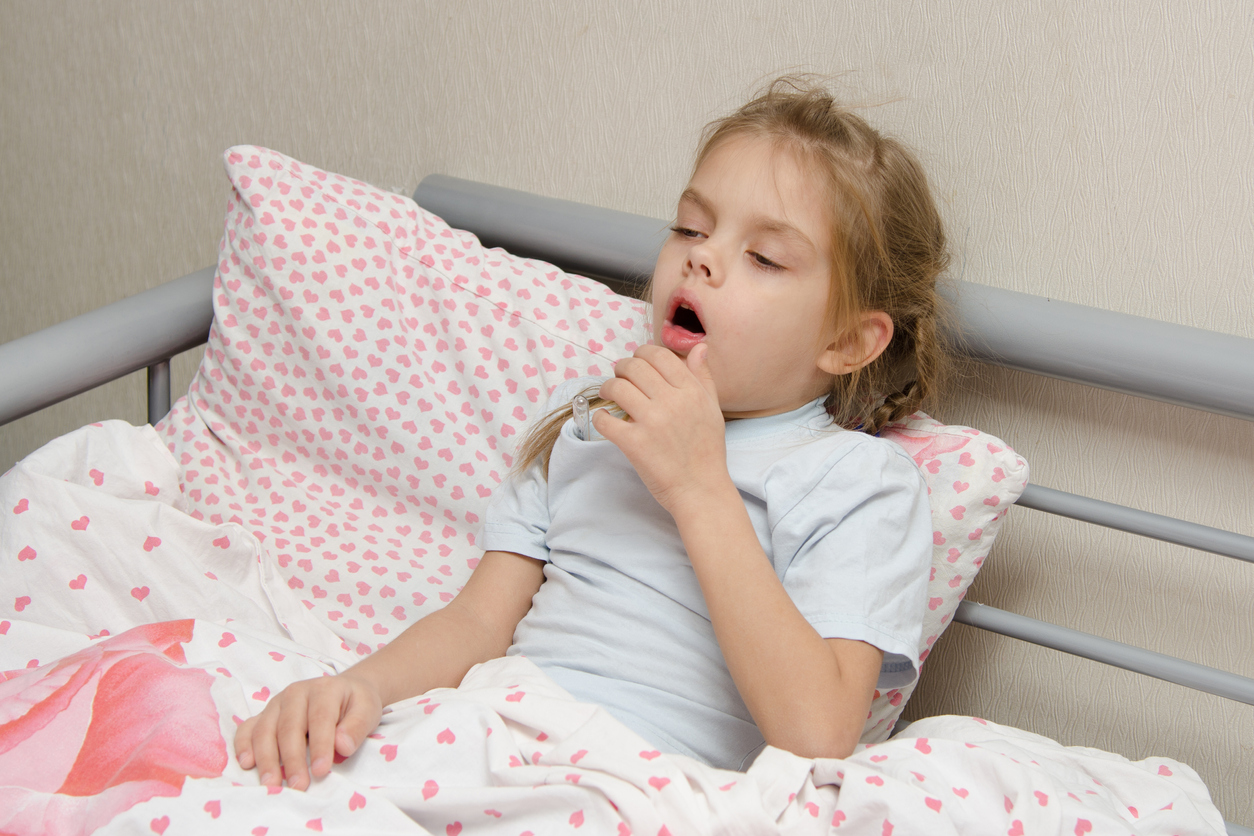Croup: Now a Symptom and Side Effect of COVID in Children

It’s been over two years since COVID-19 (Coronavirus) came into the world and turned everything upside down and inside out. It feels like one variant after another has forced us into a new normal. It’s a world built on fear and rapidly changing information. The most recent variants, Omicron and its sub-variants, have made it crystal clear that COVID-19 is ever evolving, highly contagious, and does not discriminate.
Not only is Omicron highly contagious, apparent by the omicron surge, but a new study suggests that its symptoms are also slightly different than other COVID-19 variants, including the Delta variant. Recent research shows that cases of croup, a disease that causes swelling in the airways and problems breathing in young children, has recently been identified as a side effect for children who have the Omicron variant of COVID-19.
One thing is very apparent: the Omicron virus can cause respiratory infection and is rapidly increasing in young children.
The Centers for Disease Control and Prevention lists COVID-19 symptoms for adults and children as the following:
- Fever or chills
- Cough
- Shortness of breath or difficulty breathing
- Fatigue
- Muscle or body aches
- Headache
- New loss of taste or smell (children don’t seem to be losing their sense of taste and smell with Omicron as often as they did with other variants of the virus).
- Sore throat
- Congestion or runny nose
- Nausea or vomiting
- Diarrhea
According to a CDC report, analyzed data from 43 people who had COVID-19 caused by Omicron found that some symptoms were more common than others. Those included:
- Cough
- Fatigue
- Congestion
- Runny nose
- Headache
Healthcare officials notice that the most common symptoms of COVID-19 in children are fever, cough, a runny nose, vomiting and diarrhea. But there is a new symptom for children that was not seen in previous variants: croup, which is marked by a uniquely harsh-sounding cough, similar to a barking seal.
What is Croup?

Croup is an infection of the upper airway, which obstructs breathing and causes a barking cough. The illness is more commonly contracted in the fall and winter.
Swelling around the voice box (aka larynx), windpipe (trachea) and bronchial tubes (bronchi) cause croup. The swelling causes the airway below the vocal cords to narrow, and makes breathing noisy and difficult. According to the Mayo clinic, when a cough forces air through this narrowed passageway, the swollen vocal cords produce a sound similar to a seal barking. Taking a breath can produce a high-pitched whistling sound.
Croup is most common in kids between the ages of three months to five years. As children get older, croup becomes less common, because the windpipe in older children is larger, which makes swelling less likely to interfere with their breathing.
Recent findings indicate that Omicron in children causes an infection of the upper airway that results in that characteristically barky, seal-like cough. Children have a narrower upper airway than adults so even a little swelling can cause symptoms of croup.
What Should You Do if Your Child Has Croup?

Take your child into the cool air.
The cool air will help soothe their airways, making it easier to breathe.
At night, use a humidifier in your child’s room.
Warm, moist air helps relax the vocal cords.
Hold them in a steamy bathroom.
Just as the vaporizer relaxes vocal cords and helps alleviate symptoms, so does a hot and steamy bathroom.
Keep your child calm.
This is easier said than done, but a calm child can breathe better than one who is upset and/or crying.
Keep your child off school until they are feeling better.
Call Your Pediatrician

If your child develops symptoms of croup or has symptoms of COVID-19 that you are concerned about, you should consult a pediatrician to rule out other conditions such as Respiratory Syncytial Virus (RSV), flu, or strep throat.
Call your doctor or take your child to the emergency department if they develop a high fever, are lethargic, and have a sore throat that is causing trouble when eating or drinking. It’s always a good idea if your child contracts Omicron to be on the lookout for signs of a more serious infection and seek medical attention when needed, because Croup is just one possible complication.
The Outlook
If your child develops symptoms of croup due to COVID-19, while it may be distressing, don’t panic. With the right care and treatment, your child should make a full recovery.

